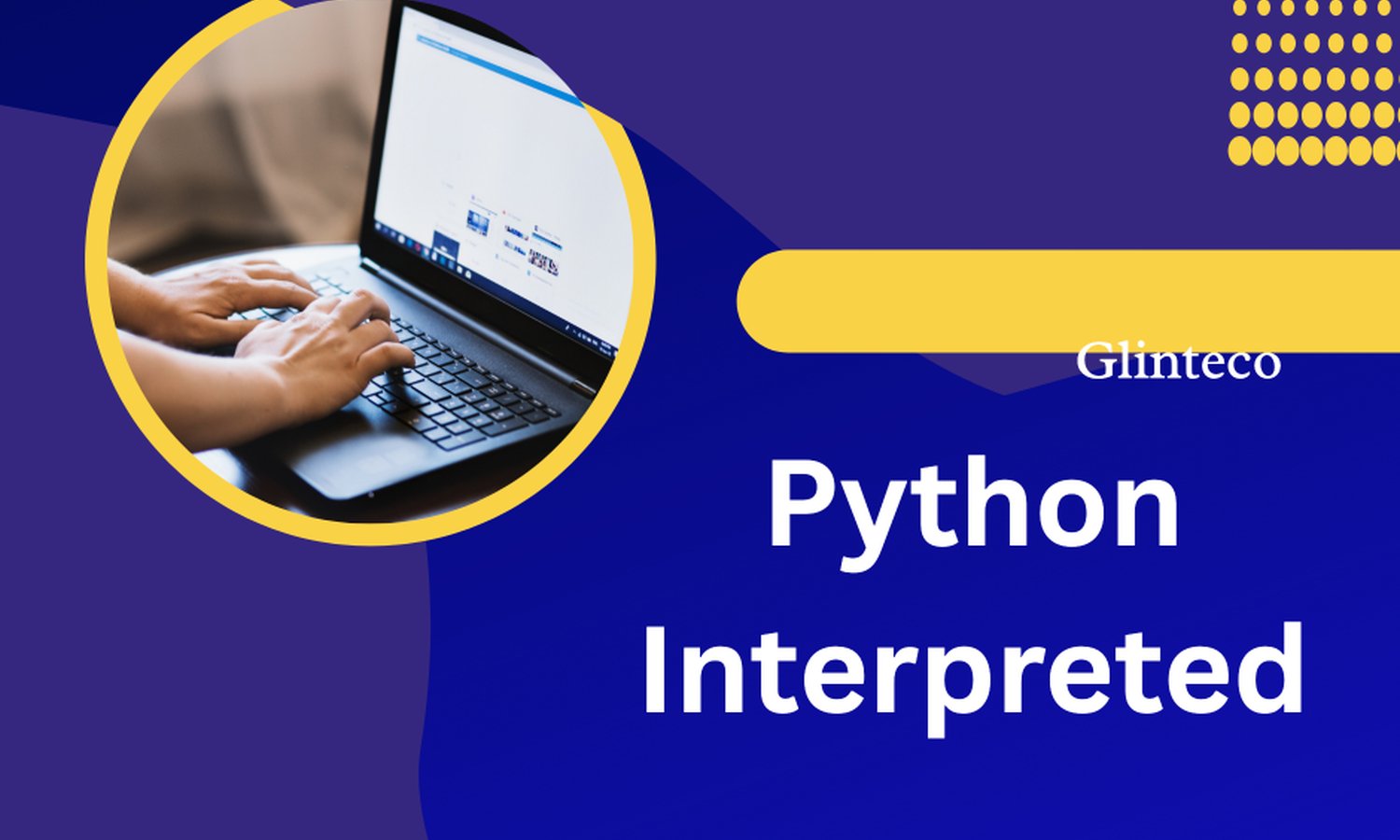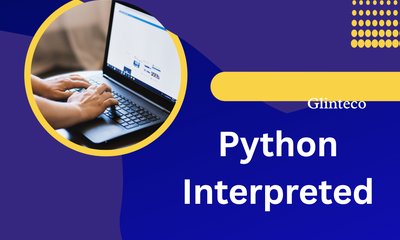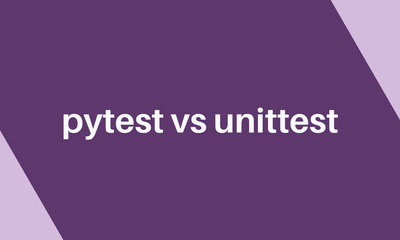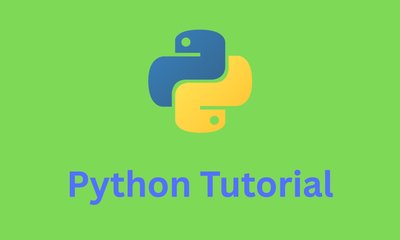Is Python Compiled or Interpreted? Unraveling the Mystery of Python Execution
By JoeVu, at: Dec. 6, 2023, 5:09 p.m.
Estimated Reading Time: __READING_TIME__ minutes


Python, a versatile and widely-used programming language, often sparks the debate: Is Python compiled or interpreted? Let's delve into this question to demystify the inner workings of Python's execution.
The Interpreted Nature of Python
Python is fundamentally an interpreted language. When you run a Python script, the Python interpreter reads and executes the code directly, without the need for a separate compilation step. This characteristic allows for a more flexible and dynamic development process.
The Role of Bytecode and .pyc Files
Although Python is considered interpreted, it involves a form of compilation. When you run a Python script, the interpreter first translates the source code into an intermediate form known as bytecode. This bytecode is a low-level representation of the source code, and it is stored in files with a .pyc extension.
The .pyc files serve as a cache mechanism, enabling faster execution upon subsequent runs of the program. They contain the compiled bytecode, allowing Python to skip the compilation step and directly execute the precompiled code. This not only enhances performance but also contributes to Python's portability, as .pyc files can be shared among different systems with compatible Python interpreters.
A Quick Glance at Python, PHP, and C++
To better understand Python's execution model, let's briefly compare it to other languages like PHP and C++.
-
Python vs. PHP:
- Python and PHP are both high-level scripting languages, but they serve different purposes. Python is renowned for its readability, ease of use, and versatility, making it suitable for various applications. On the other hand, PHP is primarily designed for web development, particularly server-side scripting.
- Python and PHP are both high-level scripting languages, but they serve different purposes. Python is renowned for its readability, ease of use, and versatility, making it suitable for various applications. On the other hand, PHP is primarily designed for web development, particularly server-side scripting.
-
Python vs. C++:
- Contrasting Python with C++, we encounter a difference in their execution models. Python's interpreted nature provides a more straightforward and dynamic development experience, making it well-suited for rapid prototyping and scripting tasks. C++, being a compiled language, requires a separate compilation step, resulting in machine-readable code that can be executed independently of the source code.
- Contrasting Python with C++, we encounter a difference in their execution models. Python's interpreted nature provides a more straightforward and dynamic development experience, making it well-suited for rapid prototyping and scripting tasks. C++, being a compiled language, requires a separate compilation step, resulting in machine-readable code that can be executed independently of the source code.
Look at the examples below
Python Code
# Python code
def greet(name):
return f"Hello, {name}!"
user_name = input("Enter your name: ")
print(greet(user_name))
PHP Code
function greet($name) {
return "Hello, $name!";
}
$userName = readline("Enter your name: ");
echo greet($userName);
?>
C++ Code
// C++ code
#include <iostream>
#include <string></string></iostream>
using namespace std;
string greet(const string& name) {
return "Hello, " + name + "!";
}
int main() {
string userName;
cout << "Enter your name: ";
getline(cin, userName);
cout << greet(userName) << endl;
return 0;
}
In conclusion, while Python is generally considered an interpreted language, the inclusion of bytecode compilation and .pyc files distinguishes it from purely interpreted languages. Understanding these nuances enhances our grasp of Python's execution model and sheds light on its position in the diverse landscape of programming languages.
As we navigate the world of Python development, embracing both its interpreted and compiled aspects, we find a language that balances flexibility with performance, making it a powerful tool for developers across various domains.





